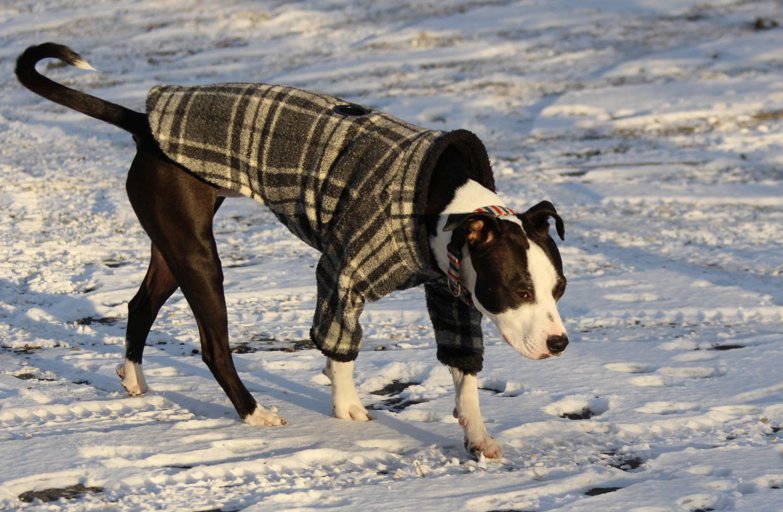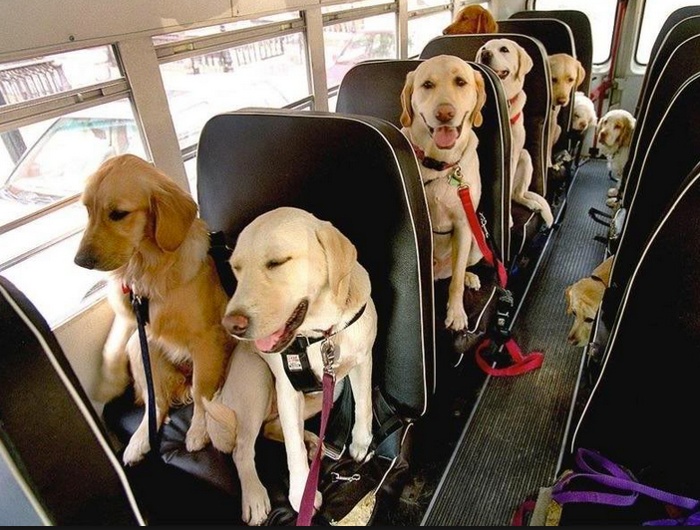Amy Mishima's Happy Dog Owner Blog
Cold Weather Tips For Dogs

It’s almost depressing when 33 degrees feels comfortable and no longer cold, but I suppose that’s what happens when we’ve been surviving a record breaking snowy and cold winter here in the Elmhurst, IL area.
It may be the end of January, but like any Midwesterner, I know Mother Nature has no plans to heat things up anytime soon. Here are some cold weather tips to keep your pooch safe and happy the next few wintery months.
- No dog should be left outside unsupervised. This tip is relevant year round (due to things like the summer heat, the threat of coyotes, etc...) and winter is no exception. Just because your dog has a fur coat doesn’t mean they can withstand frigid temps.
- Protect their feet. Dog booties not only provide a source of entertainment (ever see a dog try to walk in them for the first time?); but they provide better grip on the ice, protection against dangerous objects, and warmth. If your pet won’t stand for wearing booties, be sure to always wash off their paws with a warm wet towel to remove any ice balls or chemicals that may have accumulated between their toes. Their paw pads are tough, but salt and ice melts can cause them to sting and even crack.
- Old dogs, small dogs, and dogs with little fur should wear sweaters or jackets to protect against the cold. While this may seem frivolous, it is a necessity for many dogs. This extra layer will keep them dry, safe, and much more comfortable in severely cold weather.
- Keep them away from Antifreeze – this is highly, highly toxic. It only takes a few licks for this to be deadly.
- As harmless as it may seem, do NOT let them eat snow! Not only can the snow be hiding dangerous objects that you don’t want them to ingest, but eating too much snow can also cause hypothermia or an upset stomach.
- This may go without saying, but stay away from frozen ponds, lakes, and other bodies of water.
- Never leave your dog in a car unattended. We all know the threat of hot cars for our pets, but cold cars can pose just as significant a risk. Cars rapidly cool down in cold weather and become like a refrigerator which can cause your dog to freeze to death.
Exercise is important year round for our dogs. Don’t hibernate just because it’s cold outside. Keep these cold weather tips in mind and pay attention to the signs your dog is giving you.
If you don’t want to bear the cold, Dogs Love Running! Is here to help. We offer year-round dogs walking, dog running, and pet sitting for Elmhurst, Downers Grove, and other nearby Chicago suburbs.



